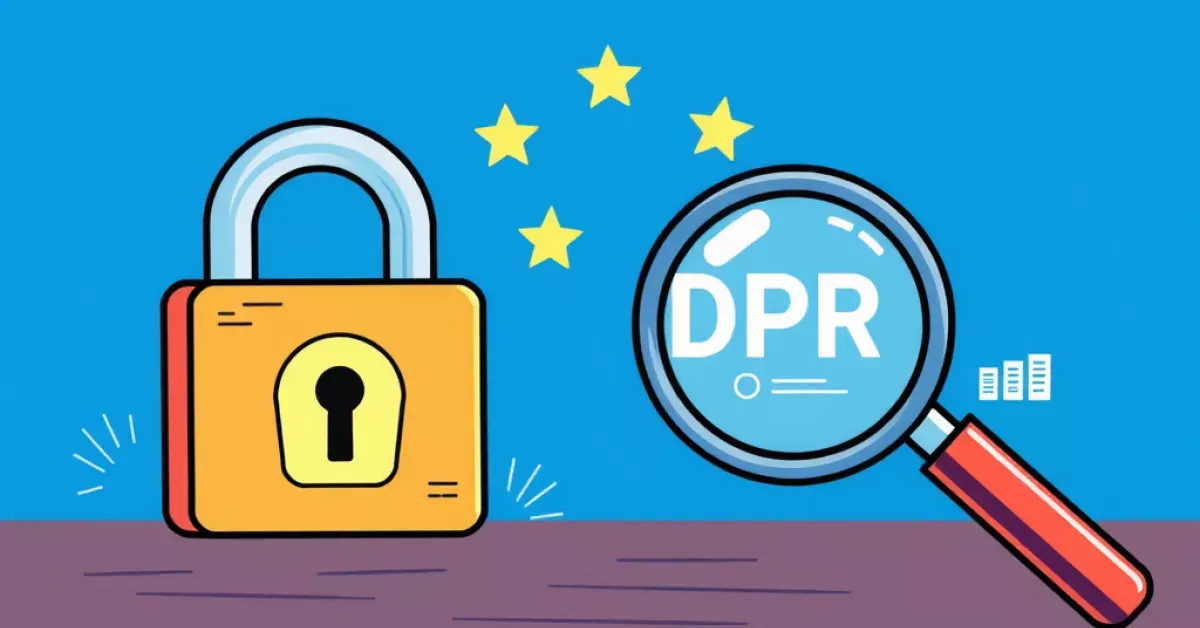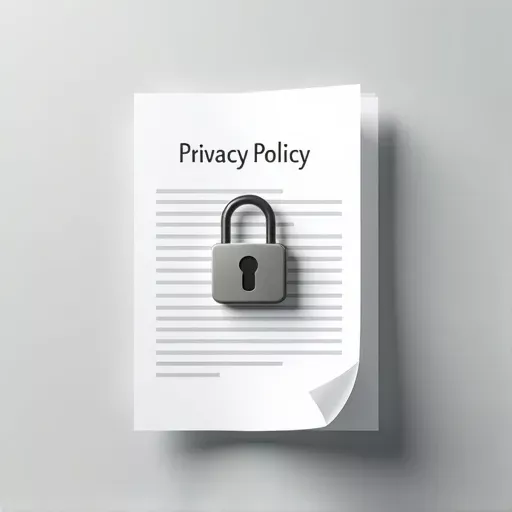If you own a small business and run a website, you’ve probably heard of GDPR. It’s that set of rules from the EU that has everyone talking about data protection. But what does it really mean for you? How do you make sure your site is up to par without getting bogged down by technical jargon? Let’s break it all down together.

Understanding GDPR: What It Means for Your Small Business Website
What is GDPR?
The General Data Protection Regulation (GDPR) is a law enforced by the EU that aims to give individuals more control over their personal data. It applies to all businesses, large and small, that handle personal data of EU citizens. This includes everything from names and email addresses to IP addresses and anything else that can identify a person. The main idea is to ensure transparency in how data is collected and used.
Why GDPR Matters for Small Businesses
For small businesses, GDPR can feel overwhelming. But complying is crucial—not just to avoid hefty fines but to build trust with your customers. People want to know their data is safe. If you show that you respect their privacy by following GDPR compliance, you’re more likely to win their loyalty.
First Steps: How to Start Implementing GDPR Compliance
Identifying Personal Data
First things first: Identify what counts as personal data on your site. Think about:
- Contact forms that collect names and emails.
- User accounts storing information like birthdates.
- Tracking software that logs visitor locations and preferences.
By knowing what data you handle, you can better manage it under GDPR rules.
Understanding User Rights
Under GDPR, users have specific rights. These include:
- Right to access: Users can request a copy of their data.
- Right to erasure: Users can ask you to delete their data.
- Right to data portability: Users can request their data is transferred to another service.
Understanding these rights helps ensure you respect and comply with user demands.
Conducting a Website GDPR Audit
Conduct a thorough website audit to check where data is collected, stored, and processed. This involves reviewing:
- Data entry points (forms, user accounts).
- Data storage locations (servers, databases).
- Third-party integrations (analytics, plugins).
Document everything for future reference and accountability.
Updating Your Privacy Policy: A Guide for Small Businesses
Key Elements of a GDPR-Compliant Privacy Policy
A proper privacy policy should clearly list:
- What personal data you collect.
- Why you collect it.
- How you process and store it.
- User rights under GDPR.
Remember, your policy must be written in clear, simple language.
Communicating Policy Changes to Users
If you update your privacy policy, let your users know right away. Use methods such as:
- Direct emails.
- Website banners.
- Pop-up notifications.
This ensures transparency and keeps users informed.
Keeping Your Privacy Policy Up to Date
Regularly review and update your privacy policy to address:
- Changes in data collection practices.
- New regulations and legal advice.
- Feedback from users or legal advisors.
Cookie Consent: Get It Right on Your Website

A visual representation of GDPR-compliant privacy policies for small businesses.
Cookie Consent: Get It Right on Your Website
What You Need to Know About Cookie Consent
Cookies are small data files that track user activity. For GDPR compliance, you must:
- Inform users about cookie usage.
- Obtain explicit consent before setting cookies, except for essential ones.
How to Implement Cookie Banners Effectively
Make cookie consent easy by using banners or pop-ups that:
- Clearly state what cookies are in use.
- Allow users to choose which cookies to accept.
- Provide a link to your cookie policy.
This ensures that you have a record of consent, keeping you in line with GDPR.
Data Protection: Safeguarding User Information
Understanding Data Processing Agreements
When you work with third parties who process personal data for you, it’s critical to have Data Processing Agreements (DPAs) in place. These:
- Outline each party’s responsibilities.
- Ensure processors comply with GDPR.
- Protect both your business and your users.
Secure Customer Data with the Right Tools
To keep data safe, use tools like:
- Encryption for data in transit and at rest.
- Two-factor authentication for user accounts.
- Regular backups to prevent data loss.
Regularly Assessing Your Data Protection Measures
Schedule regular assessments to ensure your protective measures are effective. This should include:
- Vulnerability scans.
- Penetration testing.
- Reviewing security protocols.
Creating a GDPR Checklist: Stay Organised and Compliant

A digital lock symbolising the importance of safeguarding user information through robust data protection measures.
Creating a GDPR Checklist: Stay Organised and Compliant
Essential Checklist Items for GDPR Compliance
Prepare an easy checklist that includes:
- Data mapping and regular audits.
- Privacy policy reviews and updates.
- Consent mechanisms validation.
Regularly Revisiting Your GDPR Checklist
Revisit your checklist frequently to ensure continuous compliance. Update items as needed whenever your business processes change or new technologies are adopted.
Best Practices for GDPR Compliance on an Online Business
Incorporating GDPR into Your Business Model
Incorporate GDPR into the heart of your business by:
- Designing services with privacy and compliance in mind.
- Making data protection part of your value proposition.
Training Your Team on GDPR Requirements
Educate your team on GDPR, covering areas like:
- Critical compliance principles.
- User rights and data protection practices.
- Responding to data requests and breaches effectively.
Consistency in Achieving EU Data Protection Standards
Ensure consistency by adopting a company-wide approach to data protection:
- Standardise processes across all departments.
- Integrate GDPR principles into daily operations.
Final Steps: Maintaining a Fully Compliant Website
Scheduling Regular GDPR Compliance Audits
Set regular GDPR audits to:
- Identify areas of improvement.
- Rectify non-compliance issues.
- Stay updated with any regulatory changes.
Keeping Up with Data Privacy Regulations
Stay informed on data privacy regulations by:
- Following regulatory bodies for updates.
- Consulting legal professionals periodically.
Responding Swiftly to Data Breaches and User Requests
Have a plan in place for dealing with data breaches. This includes notifying affected users and authorities quickly. Also, commit to a timely response to user requests for data access or deletion.
As small business owners, embracing GDPR compliance may seem daunting at first, but with time and effort, it becomes a natural part of your business practice. Look at it as an opportunity to enhance trust with your customers, making them feel secure about their data. Remember, data protection isn’t just a legal duty—it’s part of your promise to deliver the best service to your valued users. Compliance shows you care, and in today’s world, that’s a huge part of what sets successful businesses apart.


